If you’re growing your own food, herbs, or flowers at home, chances are you’ve used potting soil. Whether you’re container gardening, starting seedlings indoors, or filling raised beds, potting soil is the foundation for healthy plants. But what happens when that bag sits around for a while? Does potting soil go bad? And if it does, is it still usable?
Let’s dig into it.
Does Potting Soil Go Bad?
The short answer is yes, potting soil can go bad. But it’s not quite like spoiled milk or rotten meat. Potting soil doesn’t exactly expire, but it can degrade over time, becoming less effective and potentially harmful to plants.
The organic matter in potting soil (like peat moss, compost, or bark) breaks down. The texture can become dense and compacted, which hurts drainage and airflow. Nutrients may leach out or be depleted. And worst of all, if not stored properly, old potting soil can grow mold, harbor fungi, or invite pests like fungus gnats.
That doesn’t mean you need to toss it all. There are ways to tell if it’s still usable and, in some cases, bring it back to life.
Why You Might Need Potting Soil
Potting soil is specially formulated for container gardening. It’s lighter and more aerated than garden soil, allowing roots to breathe and water to drain properly. Whether you’re growing tomatoes in a 5-gallon bucket, starting herbs on a windowsill, or planting flowers in a decorative pot, good potting soil is essential.
Gardeners rely on potting soil to:
- Start seeds indoors before transplanting
- Grow vegetables and herbs in containers
- Refresh raised beds
- Grow houseplants
Without healthy, well-structured potting soil, your plants may struggle to grow strong roots, get the nutrients they need, or fight off diseases.
Signs That Potting Soil Has Gone Bad
Here are the main warning signs to watch for:
- Foul Odor – Healthy potting soil smells earthy and fresh. If it smells sour, musty, or like ammonia, it may have bacterial or fungal growth.
- Mold or Fungal Growth – White fuzz, green patches, or visible mold is a clear indicator something’s off.
- Insects or Larvae – If you open a bag and see gnats, larvae, or other pests, it’s likely been compromised.
- Compacted Texture – Old potting soil may lose its fluffiness. If it’s clumpy or heavy, it won’t drain well and could suffocate roots.
- Water Doesn’t Absorb – If water just pools on top and doesn’t soak in, the soil’s structure is broken down.
How Long Does Potting Soil Last?
Unopened, high-quality potting soil can last 1 to 2 years if stored in a cool, dry place. Once opened, that lifespan drops significantly—especially if exposed to moisture or temperature swings.
Even if the soil hasn’t gone completely bad, its nutrient content can degrade over time, making it less beneficial for plant growth.
Can You Reuse or Revive Old Potting Soil?
Yes, you can—but with conditions.
If the soil isn’t moldy or infested with bugs, you can rejuvenate it. Start by sifting out old roots and debris. Then mix in fresh compost, worm castings, or slow-release organic fertilizer to restore nutrients. Add perlite or vermiculite to improve drainage and aeration.
If the soil has a foul odor, signs of mold, or pests, you can still use it after sterilizing it. This involves heating the soil in the oven (around 180°F for 30 minutes) or leaving it in black plastic bags in the sun for a few days to solarize it. This kills off harmful organisms.
Avoid reusing old soil for seed starting or sensitive plants—use it instead for hardy outdoor containers or mix it into your compost pile.
So Does Potting Soil Go Bad?
Potting soil may not have an expiration date stamped on the bag, but it definitely has a shelf life. Knowing how to spot the signs of spoilage—and how to revitalize old soil—can save you money and keep your garden healthy.
If you’re serious about self-reliance, growing your own food, and being ready for anything, managing your soil resources wisely is just one more skill worth mastering.
Before You Go, Don’t Miss This:
Potting soil is just one piece of the self-sufficiency puzzle. If you’re looking to master the forgotten skills of our ancestors—things like food preservation, off-grid cooking, and natural medicine—you need to see this:
The Lost Ways is a detailed guidebook that revives the survival techniques of those who lived through the toughest times in history—when every meal, every crop, and every resource counted.
You’ll learn how to:
- Grow and store food with no electricity
- Make natural medicines and tonics
- Build simple structures and shelters
- Preserve meat and vegetables the old-fashioned way
The knowledge in this book is the kind your grandparents—or their grandparents—once relied on to survive. It’s practical, time-tested, and more relevant than ever.
Whether you’re homesteading, prepping, or just want more control over your life and land, The Lost Ways is your blueprint for living independently in uncertain times.
Grab your copy today and get ready to thrive, no matter what the future holds.
You may also like:
 Soil Testing Methods Used By Pioneers That Still Work Today
Soil Testing Methods Used By Pioneers That Still Work Today
How To Know What’s Wrong If You’ve Got Abdominal Pain (Video)

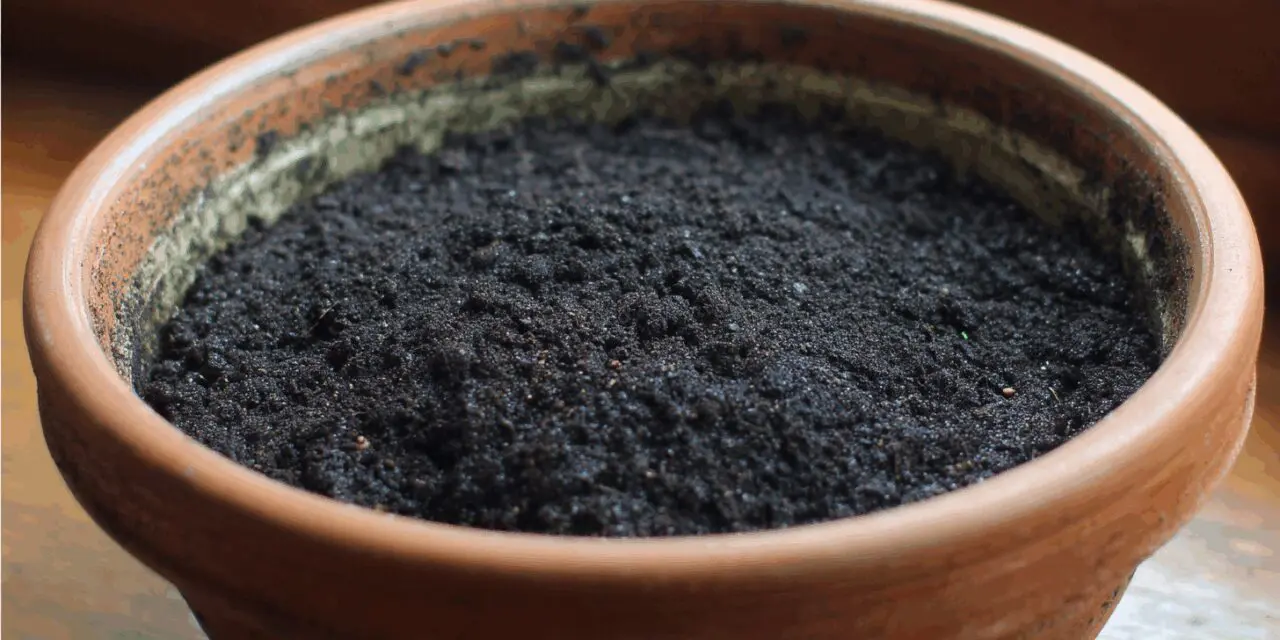

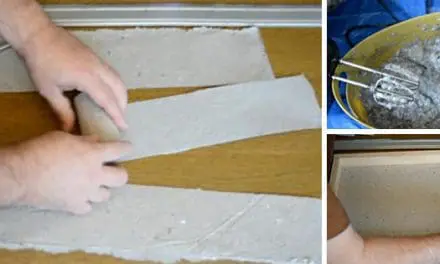
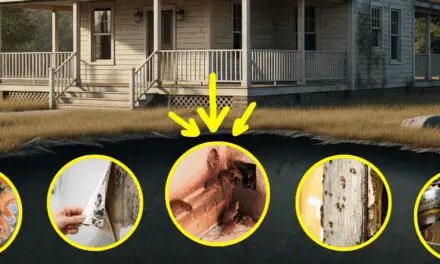
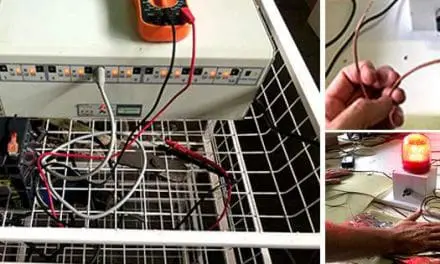
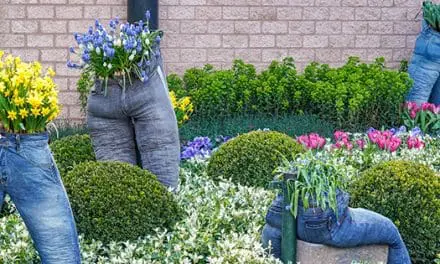
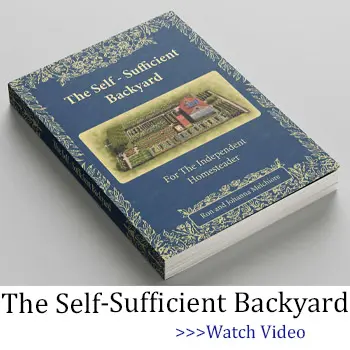
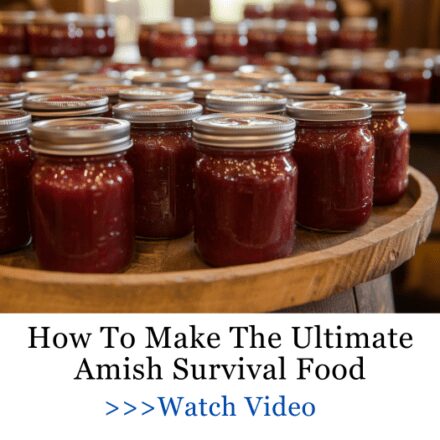
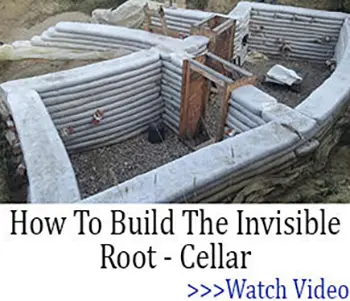
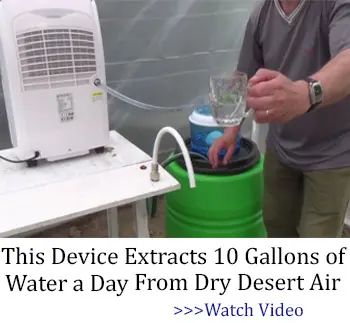
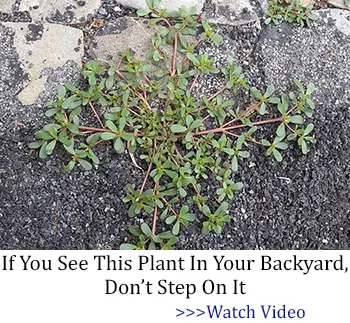
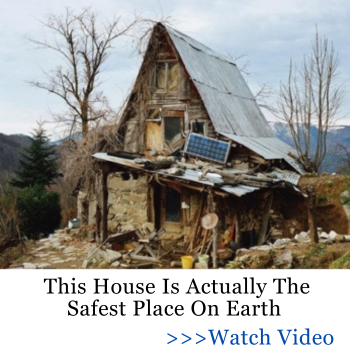

This is ridiculous nonsense. Potting soil doesn’t go bad.